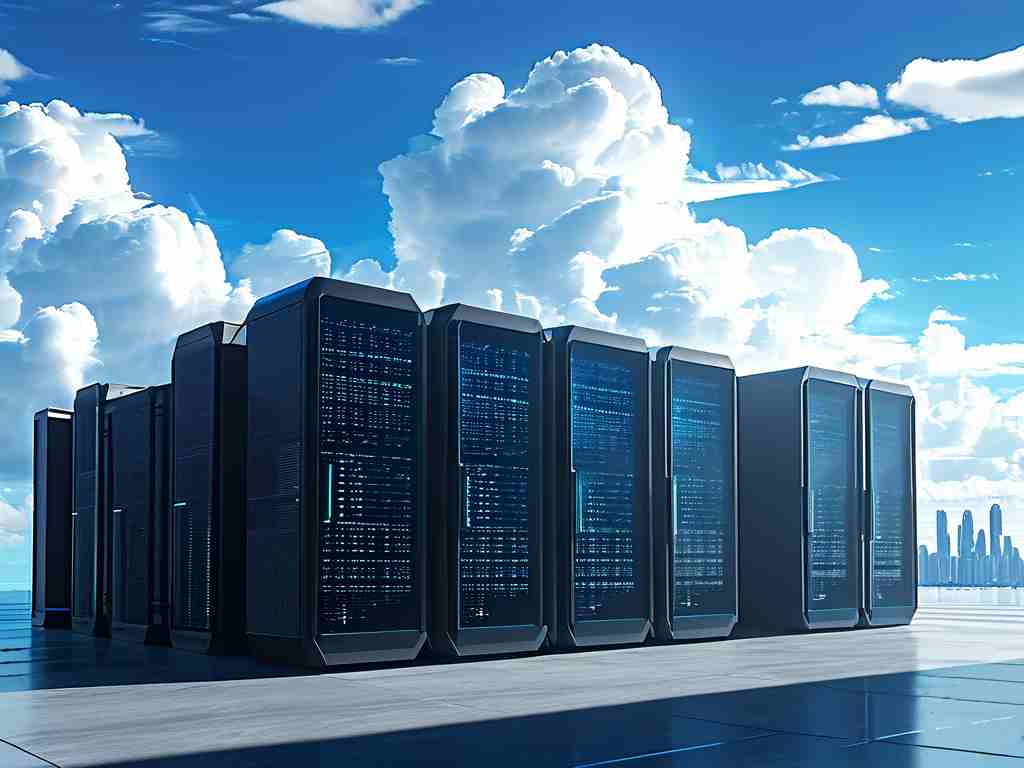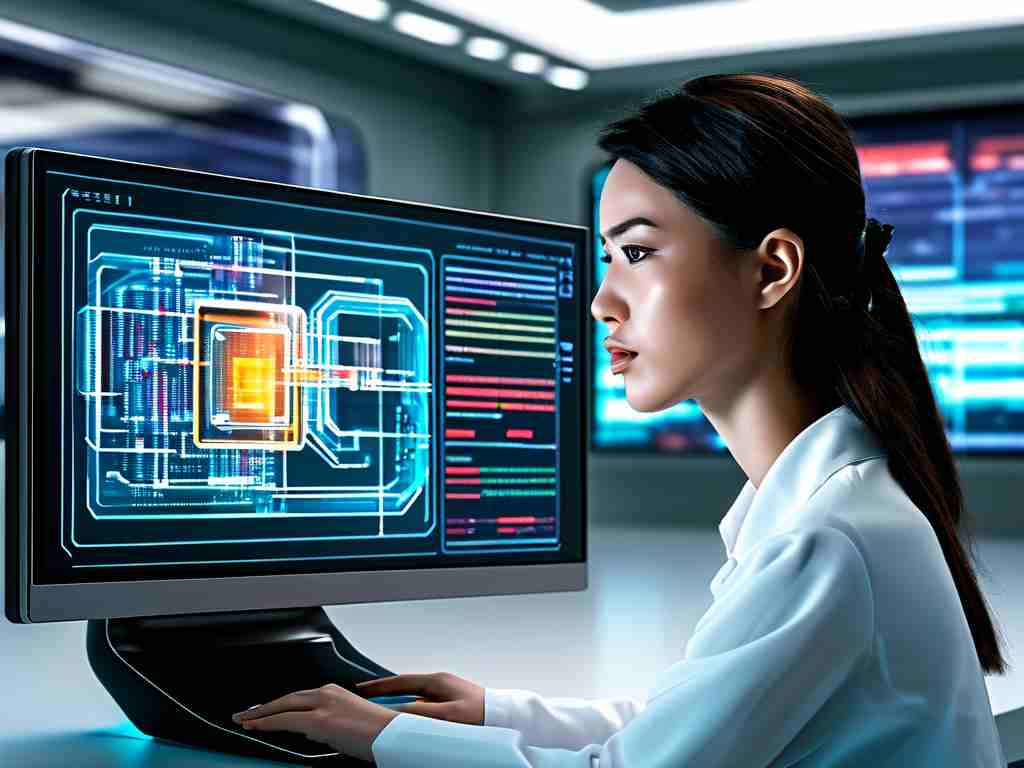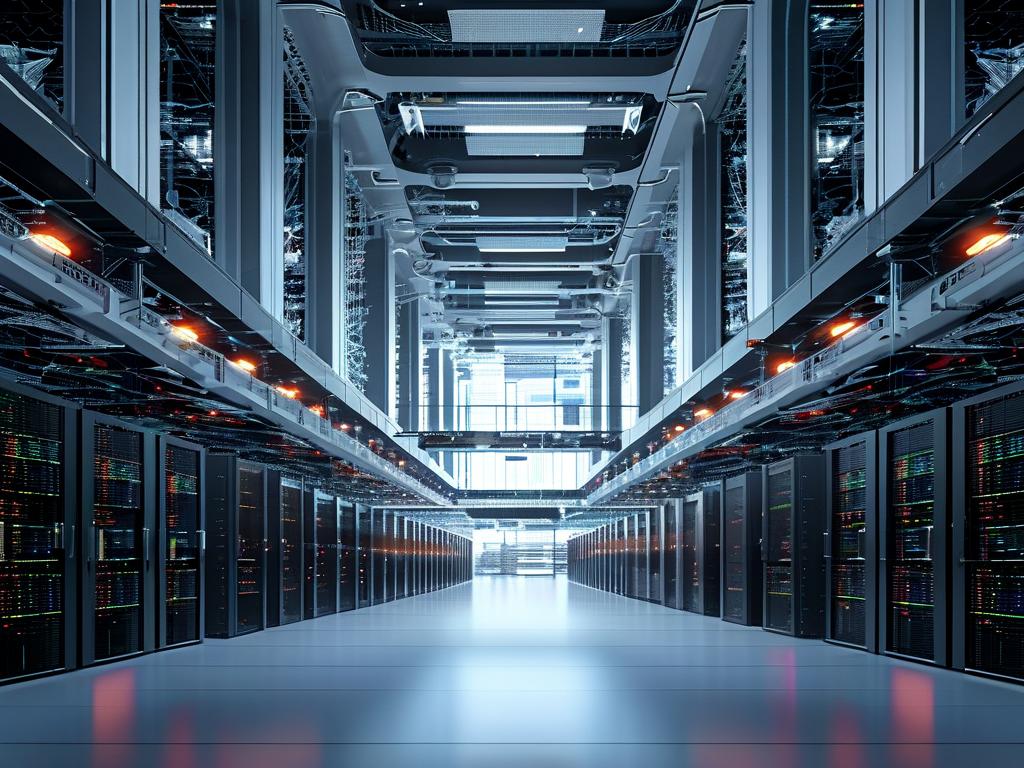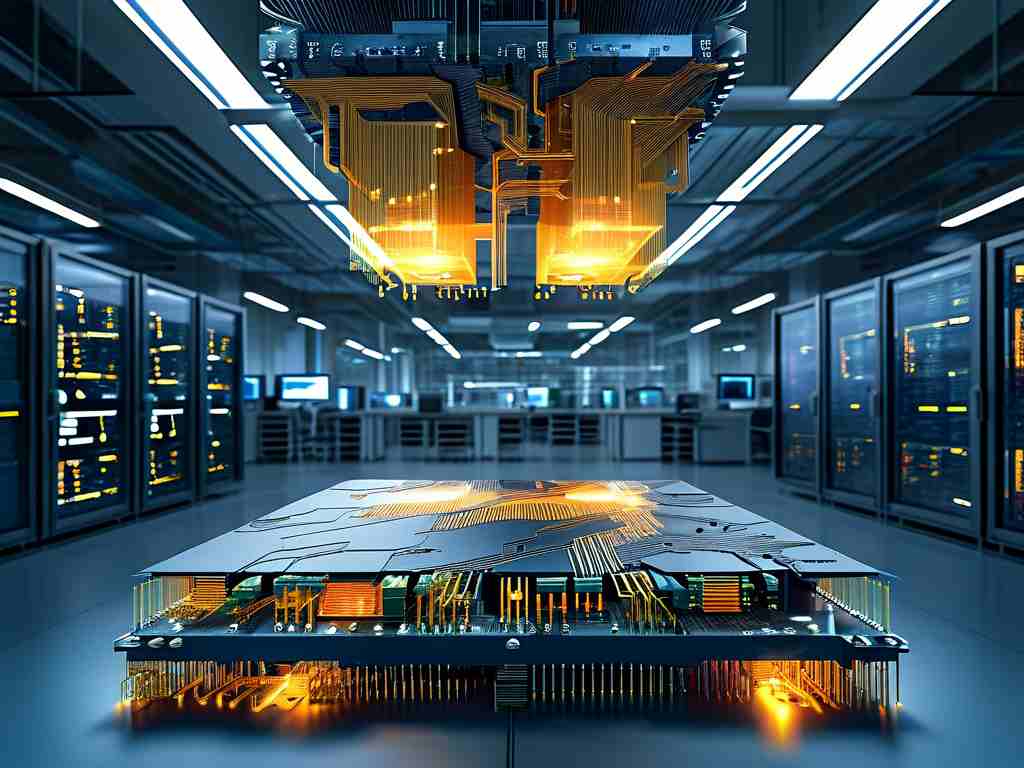The rapid evolution of digital infrastructure has spurred the emergence of cloud-edge-device collaborative distributed computing architectures, a paradigm shift that bridges centralized cloud resources, edge computing nodes, and terminal devices. This tri-layered framework addresses latency bottlenecks, bandwidth constraints, and privacy concerns while unlocking new possibilities for real-time decision-making in industries ranging from smart manufacturing to autonomous systems.

Architectural Foundations
At its core, this architecture operates through dynamic resource orchestration. Cloud data centers handle large-scale data analytics and model training, while edge nodes process time-sensitive tasks closer to data sources. Endpoint devices, equipped with lightweight algorithms, execute immediate responses. For instance, in a smart factory scenario:
# Pseudocode for anomaly detection workflow
def edge_processing(sensor_data):
if detect_anomaly(sensor_data):
trigger_local_alert()
send_compressed_data_to_cloud()
This code snippet illustrates how edge nodes filter critical data, reducing redundant transmissions to the cloud by 60-70% in industrial IoT deployments.
Performance Advantages
- Latency Reduction: By processing data at the edge, response times in autonomous vehicles can be trimmed from 200ms to under 20ms, meeting strict safety requirements.
- Bandwidth Optimization: A smart city camera network using this architecture reduced monthly data traffic by 82% by only uploading metadata to the cloud after local video analysis.
- Energy Efficiency: Collaborative load balancing between devices and edge servers decreases overall power consumption by 30-40% in wearable health monitoring systems.
Implementation Challenges
Despite its promise, three key hurdles persist:
- Heterogeneous Hardware Coordination: Synchronizing different processor architectures (CPUs, GPUs, TPUs) across layers requires adaptive middleware solutions.
- Security Vulnerabilities: Edge nodes expand attack surfaces, necessitating zero-trust frameworks with hardware-rooted encryption.
- Dynamic Workload Allocation: Researchers are exploring reinforcement learning models that predict traffic patterns to pre-allocate computational resources.
Industry Applications
Healthcare: Hybrid distributed systems enable real-time patient monitoring where wearable devices process vital signs, edge servers run preliminary diagnostics, and cloud platforms perform population health analysis. A 2023 study showed this approach reduced emergency response times by 41% in cardiac care.
Retail: Smart stores deploy edge-based computer vision to track inventory while offloading customer behavior analytics to the cloud. This dual-layer processing cut checkout latency by 75% in pilot implementations.
Future Directions
Emerging 5G-Advanced networks will amplify this architecture's potential through network slicing capabilities. Early experiments show that combining edge AI accelerators with cloud-based digital twins can achieve 94% prediction accuracy in supply chain logistics. Meanwhile, neuromorphic computing prototypes suggest future systems might process sensor data at the device level with cloud-like sophistication.
The cloud-edge-device continuum represents more than technical evolution—it redefines how computational resources are conceptualized and utilized. As standardization efforts like ETSI's Multi-access Edge Computing (MEC) gain traction, this architecture is poised to become the backbone of next-generation intelligent systems, blurring traditional boundaries between centralized and distributed computing.









